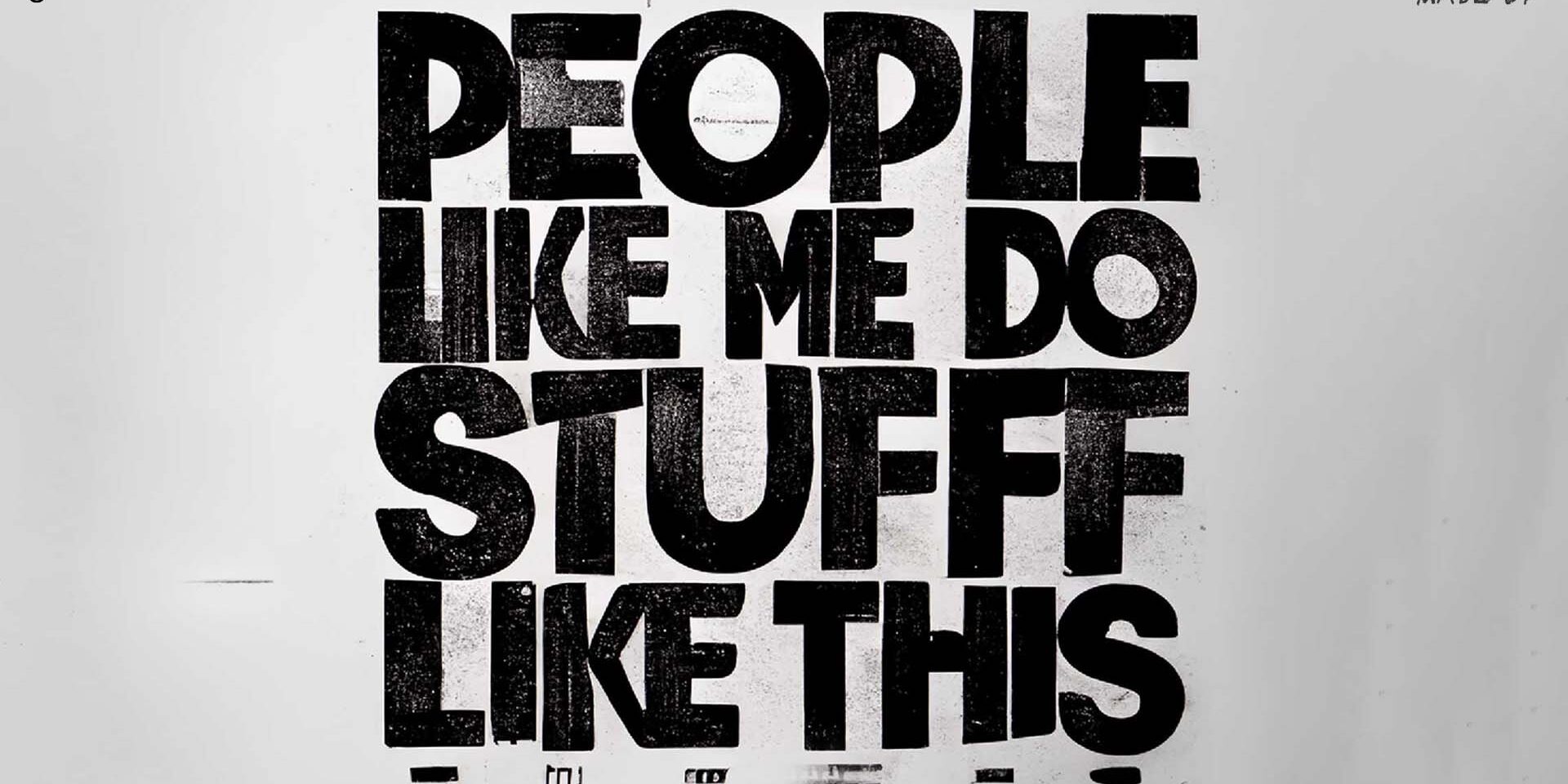If you pay attention the marketing zeitgeist, you might come to the conclusion that there is a great mysterious character roaming about the world. Someone that you can barely grasp, that you must hire consultants, hold summits, even create whole departments to understand:
The Customer.
Of course the Marketing Industrial Complex benefits from the customer being enigmatic. The more personas you need, complicated journeys you need to map, the more you need a complicated stack of marketing technology, attribution software, and advertising programs.
Marketing, for all its great value to your venture, can often be the barrier between you and your customer, not the accelerator. For 15 years we’ve been mapping funnels, creating content for every presumed step in some magical linear journey, assuming if we had some magic, we could lead this muse, the customer, from one perfect step to another until they wistfully fall into our arms, credit card in hand.
What If They’re Wrong?
For this MADE, we wanted to invite you directly into a question that we invite all our clients into. What if this dance between you and your customer wasn’t some coy game of cat and mouse? What if instead of coaxing unwilling buyers out of corners with gated e-books, buying them from cold lists, wooing them with expiring deals… What if it was simpler than that?
This is no fantasy. The simple truth of powerful connections between you and your customer is actually closer to reality than some mad Candy Land where customer’s are enticed down a merry lane with technicolor promises.
All it takes is two simple shifts. Simple, but not easy. The kind that most of your peers won’t do. Thank goodness you will. Let’s jump in.
The What-Abouts
The average C-suite next door can’t tell you who their ideal customer is. They’ll start off ok, come up with a few important factors of their most profitable buyers. But then the what-abouts kick in.
CRO: “Our customer is a business owner in their late 40s who values long-term relationships. They’re decisive, and have a fast-growth mentality.”
CEO: “Definitely. But what about Jim? We love him, but he doesn’t meet a lot of your criteria. He’s about ready to retire and been with us forever. His company hasn’t grown in years. We wouldn’t want to leave him out.”
CFO: “Absolutely. And what about Triston? She’s on her way to being our most profitable account but is finicky. Loyalty only goes one way with her but as long as we keep her happy, there’s a lot of opportunity there.”
COO: “Good point, reminds me of Tammy. Can’t make a decision to save her life. But the whole team loves working with her.”
CRO: “Soo… any age? flexible around relationships? no particular demeanor… and could be growing fast or slow?
CEO: “Well, we’re just not in a position to turn good opportunities away…”
That’s the toxic power of the what-abouts, driven by a fundamental misunderstanding of how people make decisions. You think that if you get focused about the customers you want most, everyone else will go running to the hills. But this is wrong, wrong, wrong. We all buy Nikes thinking they’ll make us super athletes. Brands with radical focus attract buyers outside their ideal customer all the time.
Because Clarity is Contagious.
Make an unapologetic decision: focus on the Customer you would want to run through the clone machine, and then build a world for them.
Radical Simplicity
Simplicity: We understand that it flies in the face of a million blogs and a thousand marketing courses you could buy. So many people want you to build a marketing ecosystem full of magical triggers that get people to move from one marketing landing page, asset, offer, or sales trigger to the next.
With any marketing advice: check the incentives. People’s livelihood depends on landing pages and funnels and ads and email sequences will inherently think the world is better with more landing pages and funnels and ads and email sequences. It’s not malice, it’s incentives.
But almost no one is incentivized by simplicity, except one pesky character: your Customer. The clearer you are, the easier it is to deal with you, the less sales copy they have to read to get the information they need to trust you… the better off they are.
Your customer, the one person in the world your company was created to fall in love with is incentivized by simple, clear, concise, and easy. They are checking everything you do, everything you say, from your website to your newsletter to your sales scripts for one gut level question:
Do people like me do stuff like this?
The Secret about Customers
We’ll tell you, free and without late fees, the big secret about customers: most of them don’t know how to buy what you’re selling. They don’t know how to compare features. They’re not even sure what they’re searching for. They know they have problems and they know they’re willing to spend money to solve those problems.
That puts them in the market. (Where market-ING has a job to do.)
They need a rubric to grade their options. Most businesses won’t give them one except features and benefits which only adds to the confusion. People aren’t rational deciders. They are emotional deciders that validate rationally what they already chose.
In the absence of a rational rubric, they’ll choose a more familiar one. What customers know how to do is to see if they belong. We’ve all been doing it since our earliest social memories. Do I play in the sandbox or play kickball? Do I color or read a book?
Do people like me do stuff like this?
Once you know who your customer is, you can check everything you do for the one job that every piece of marketing needs to perform to be valuable. Stand in the customer’s shoes and answer the question in the affirmative:
Yes, people like me do stuff like this.
Then with a pick axe and a machete you remove everything that doesn’t. Use the most powerful word in marketing strategy, “No.” Eliminate distraction. Eliminate noise. Cut the coercions and the half-truths. Treat your customer with the unmitigated care and compassion you would want in their place.
Show them how people just like them have done stuff like this over and over and over again.
Businesses buy marketing services all the time that distract and avoid these fundamental questions. But a few businesses, the most focused ones, invest in themselves and the love-affair between them and the customer. And they ensure that every one that touches their customer journey understands the same.
Do people like you do stuff like this?



